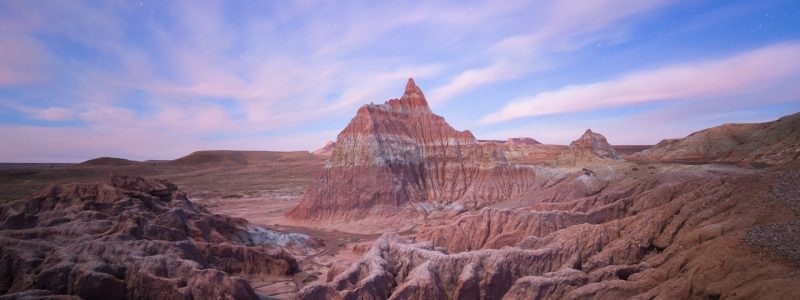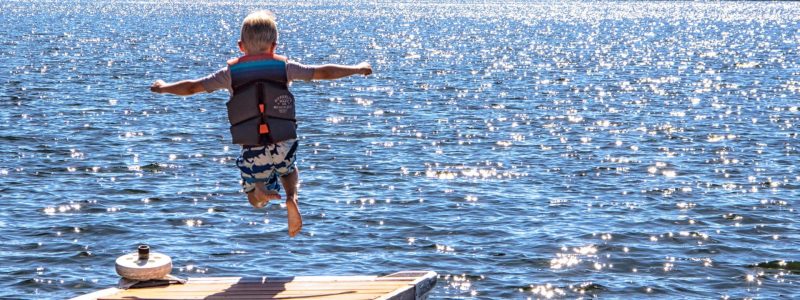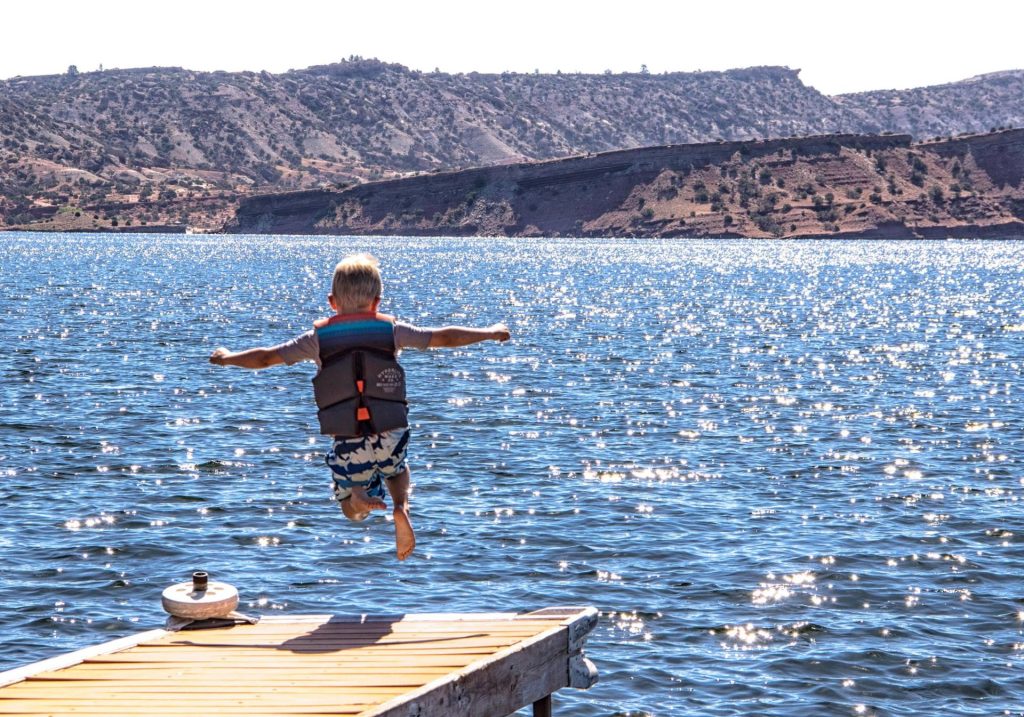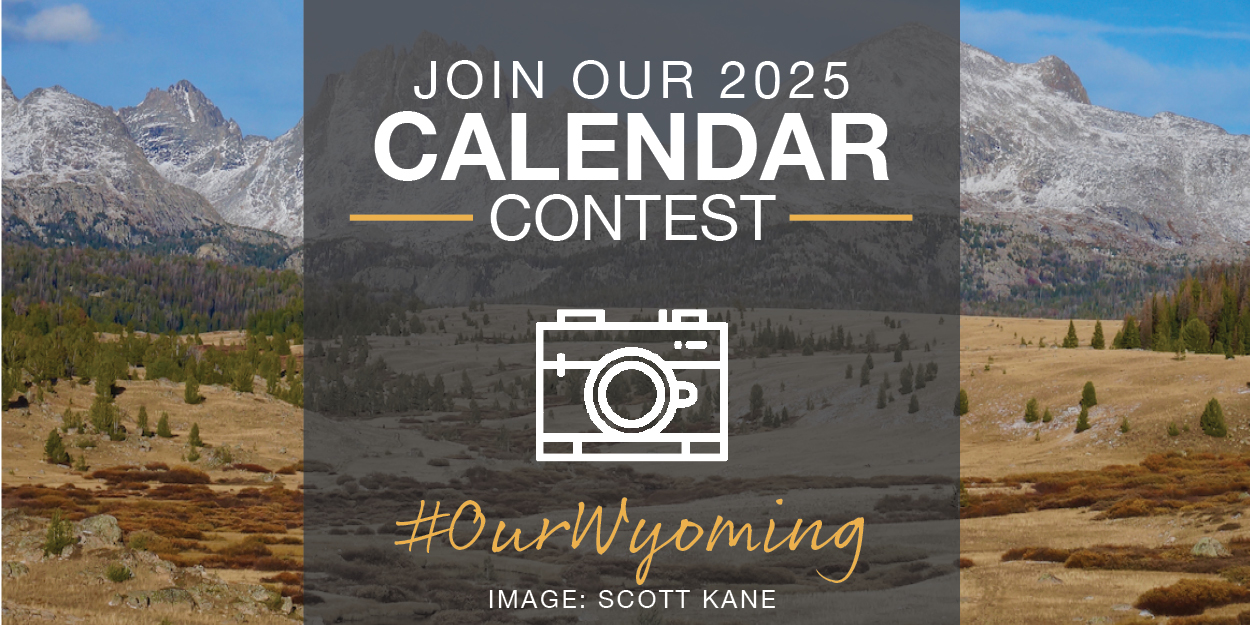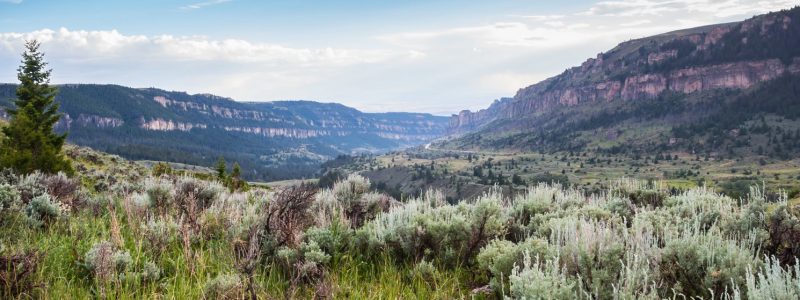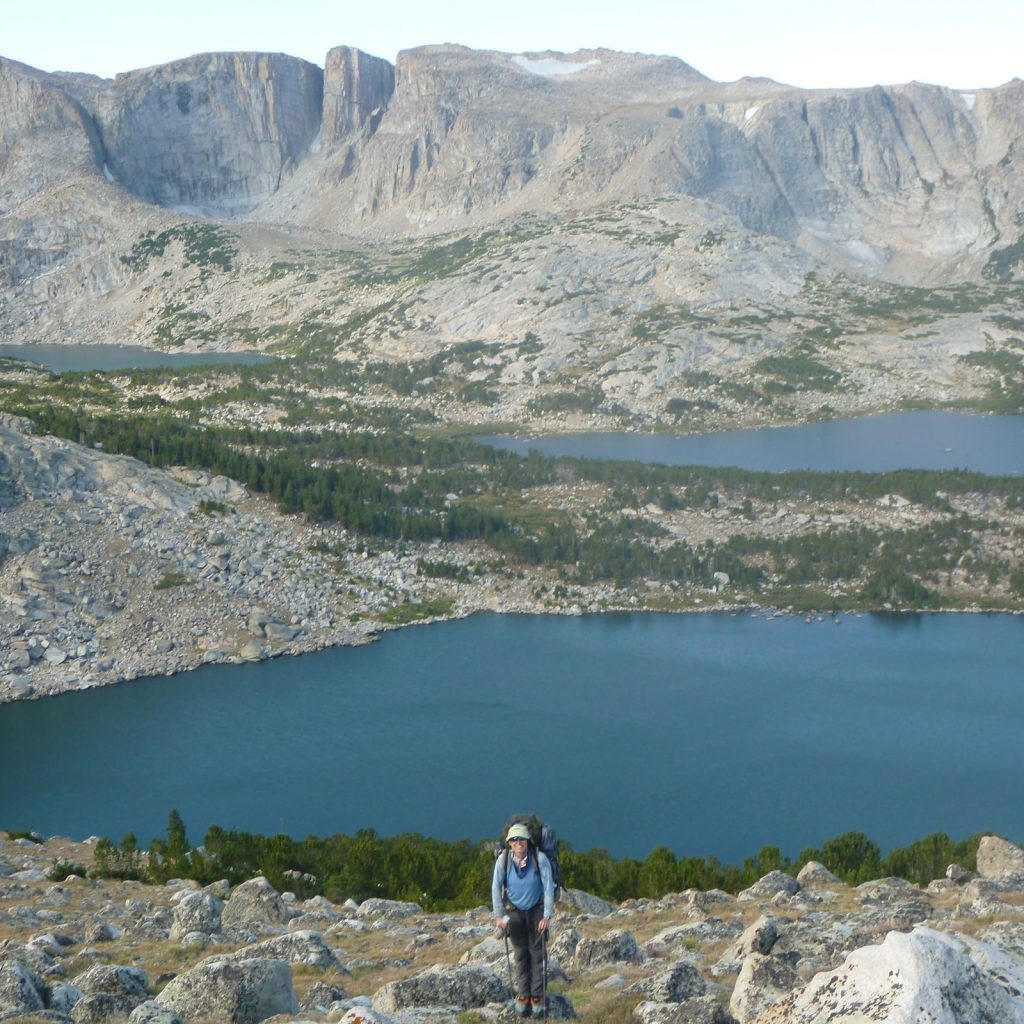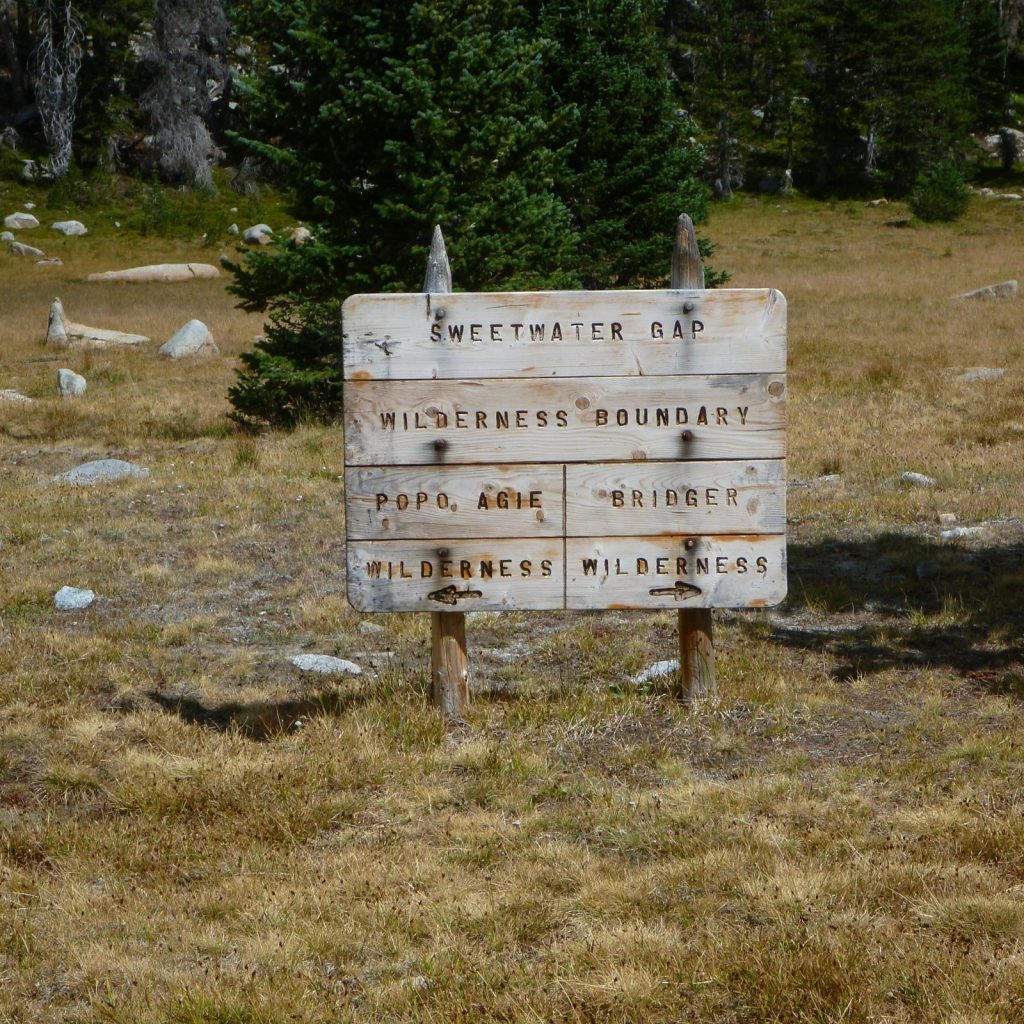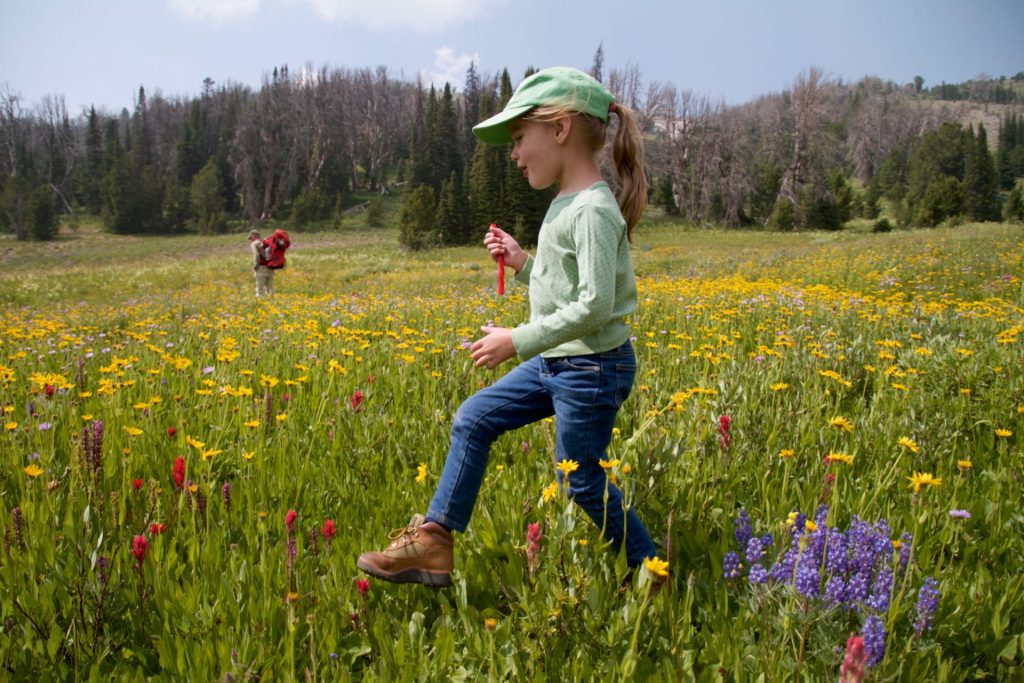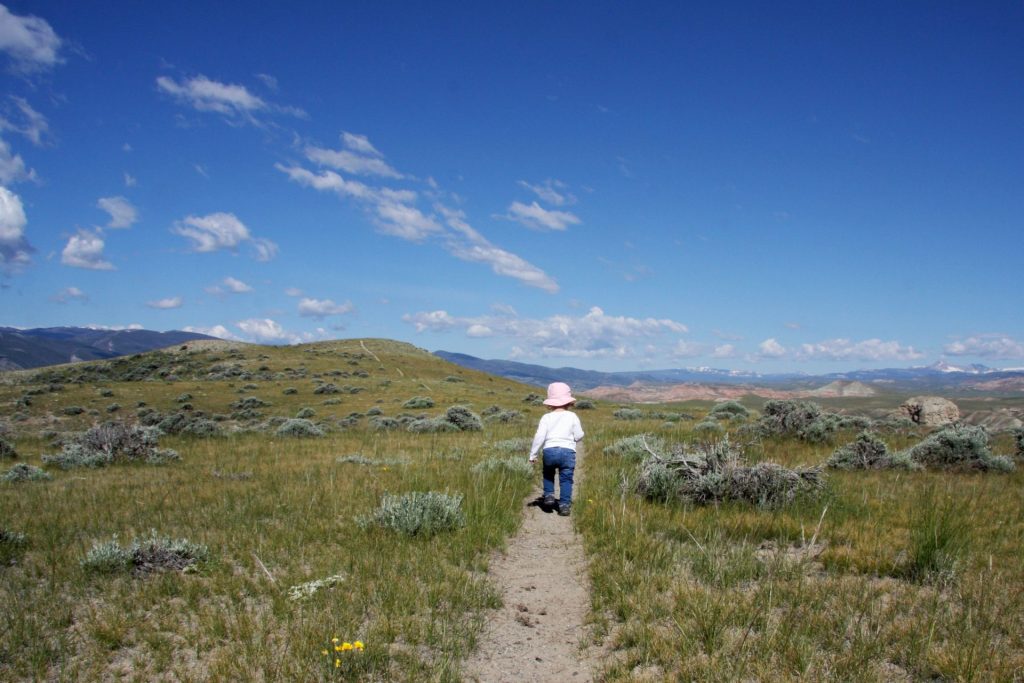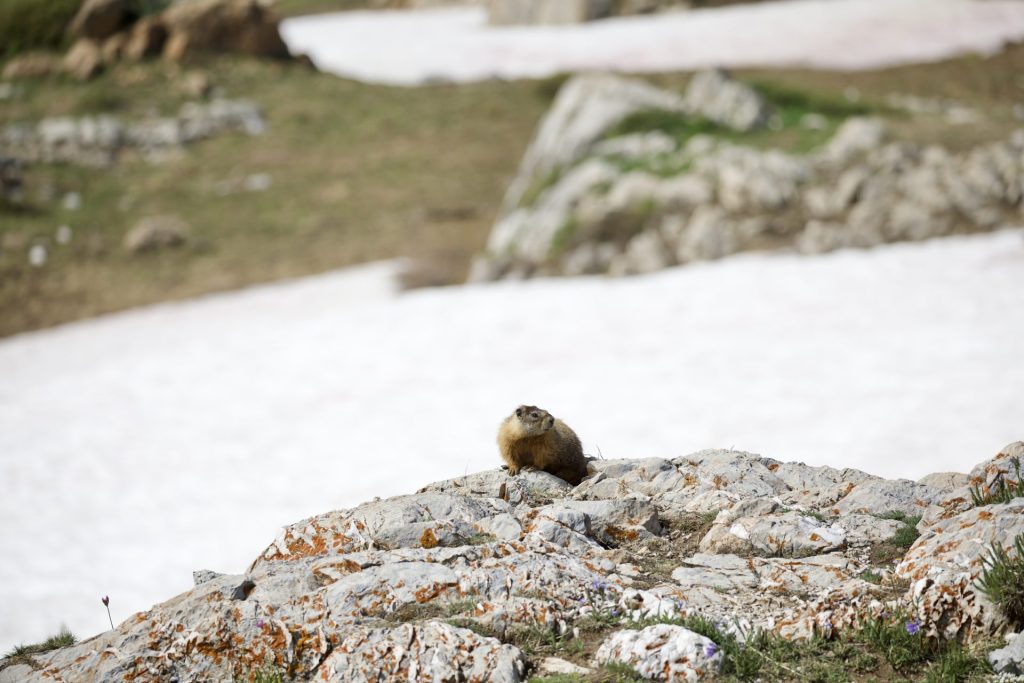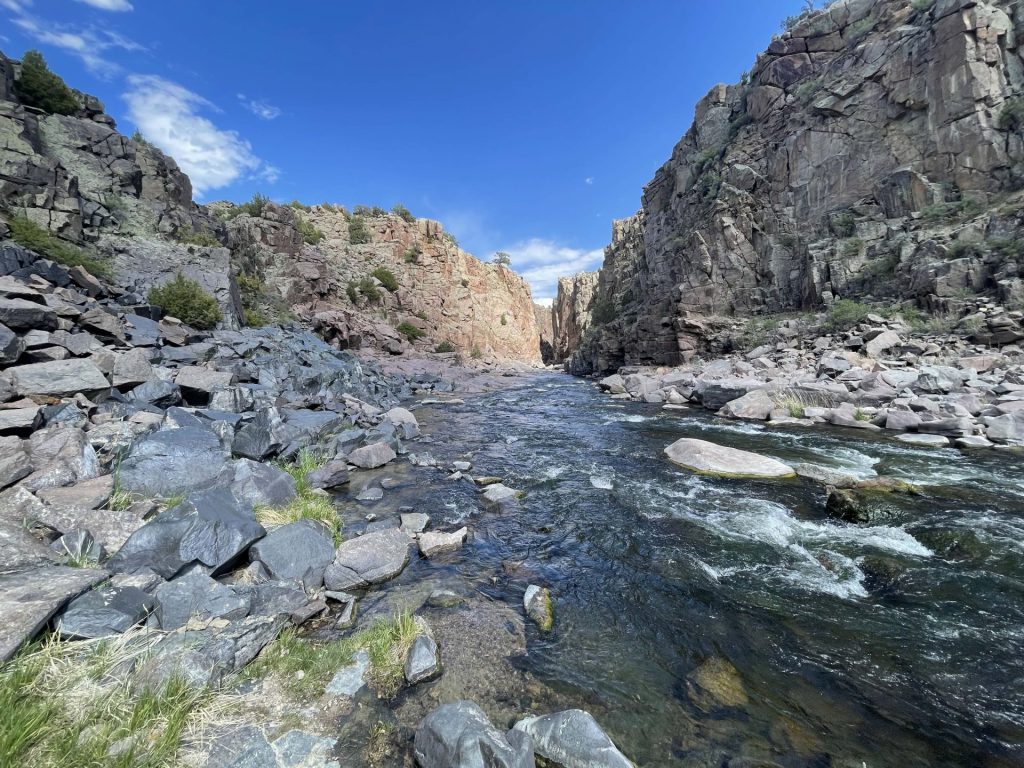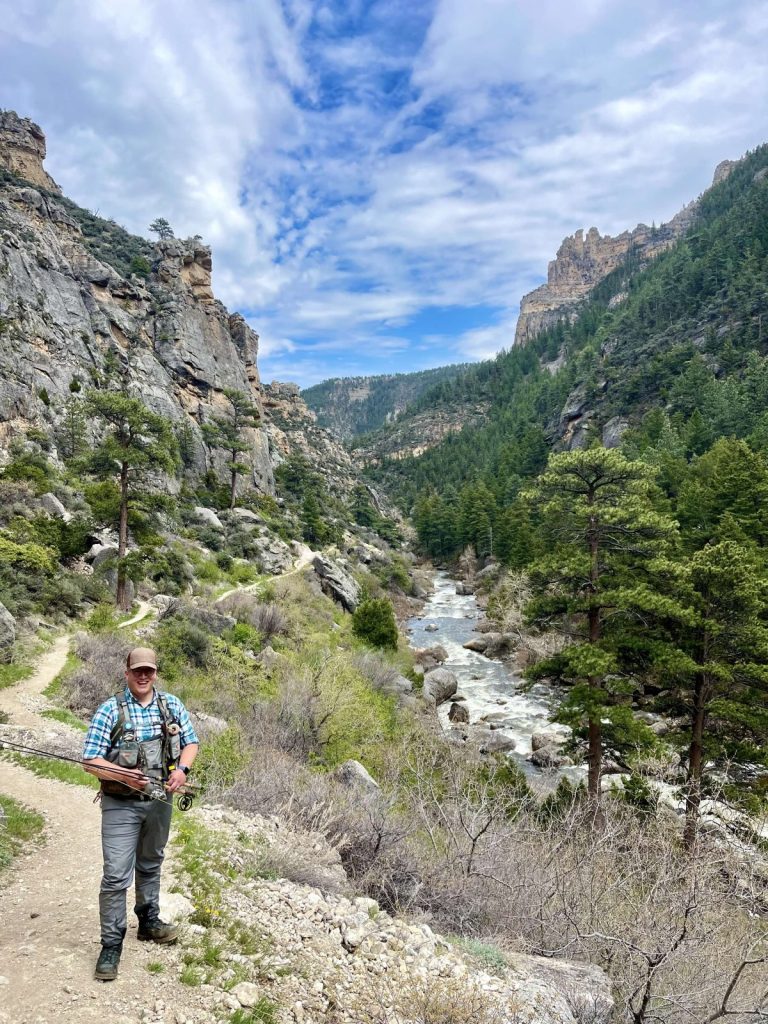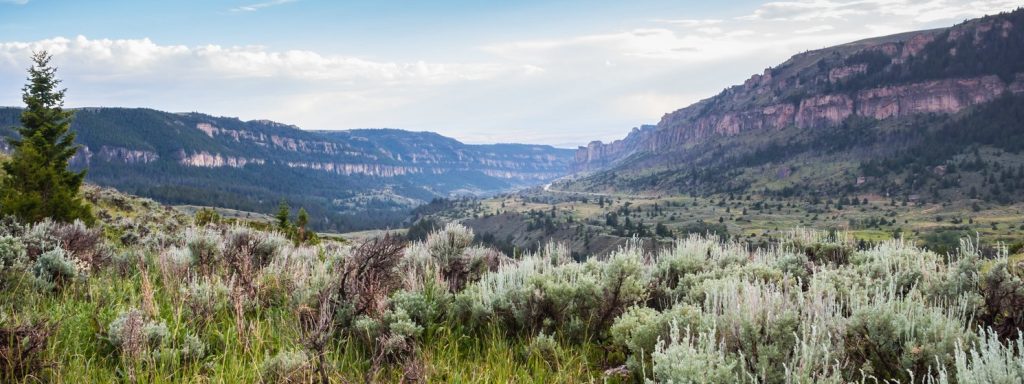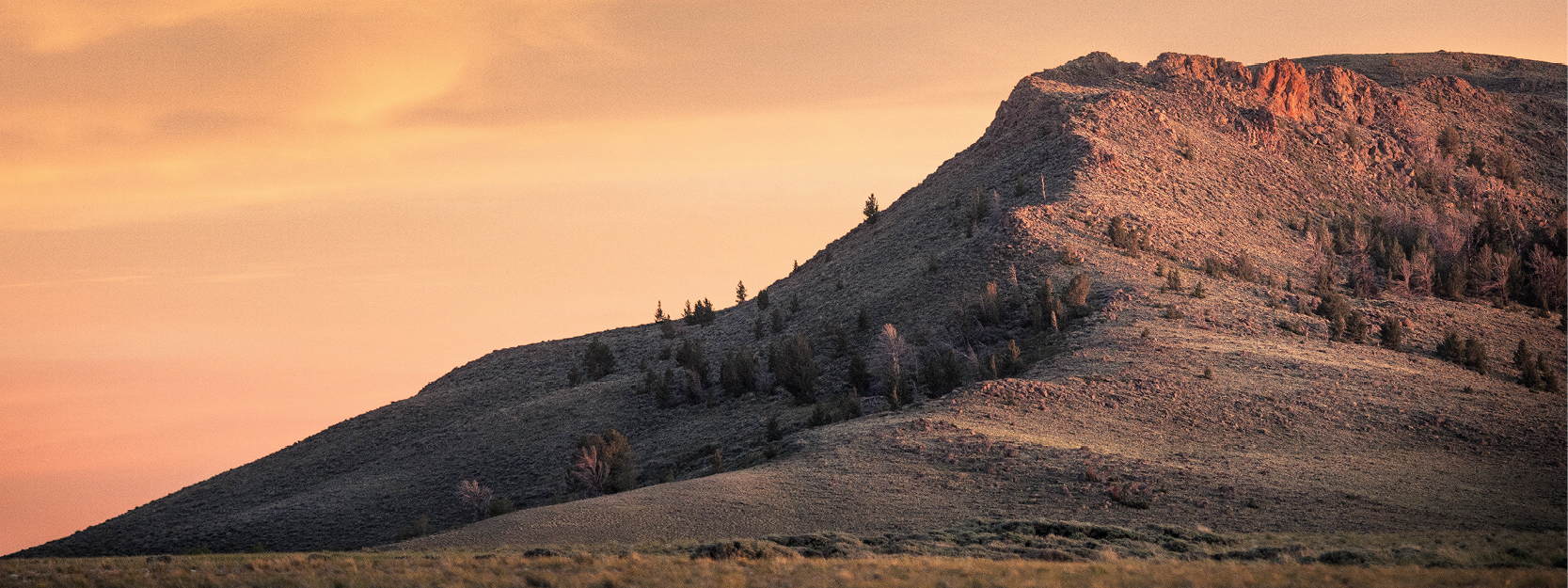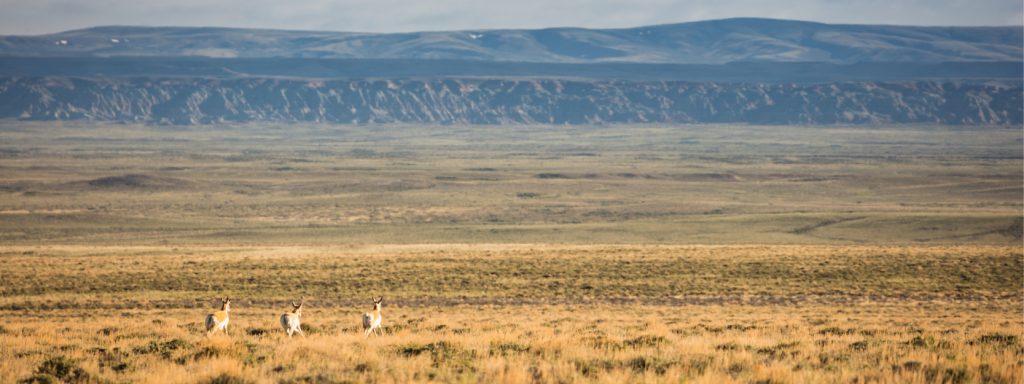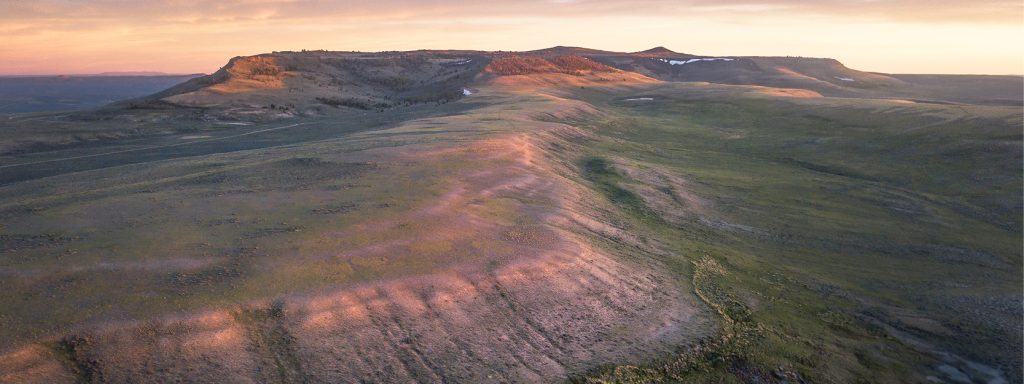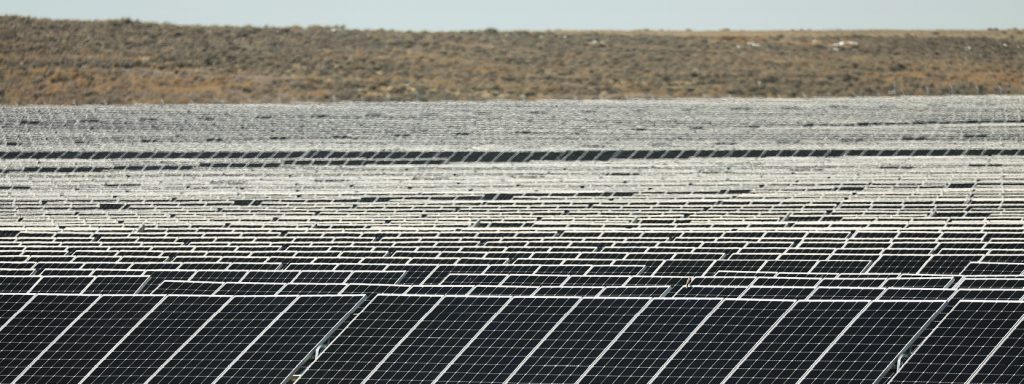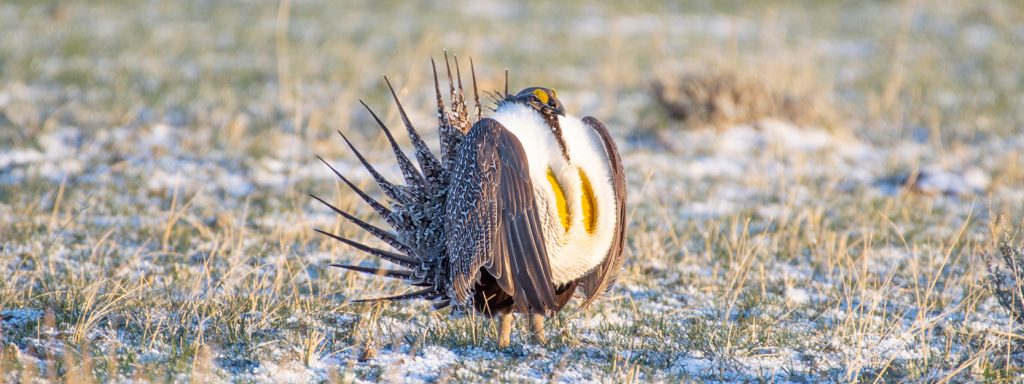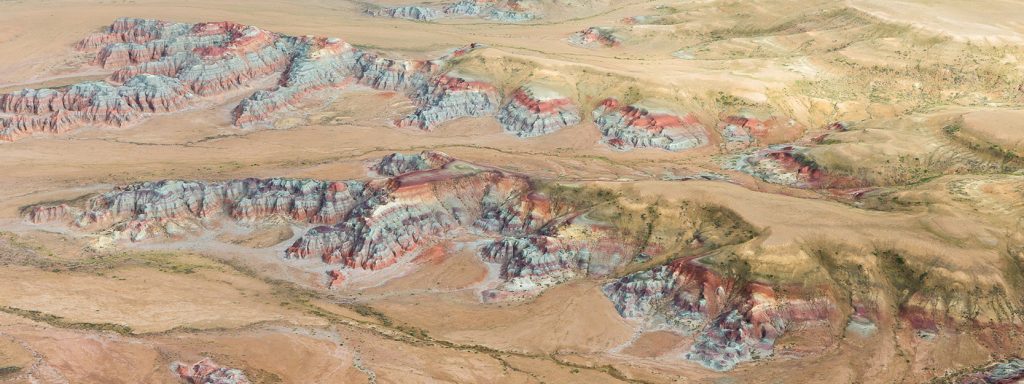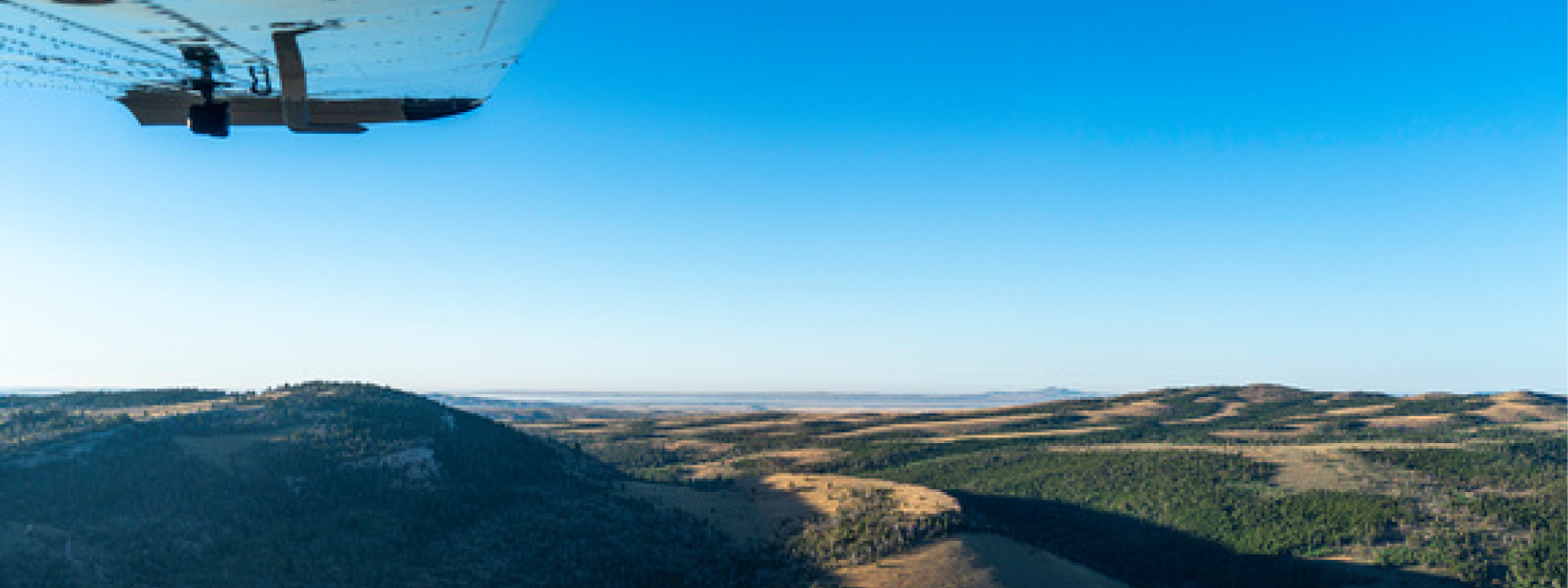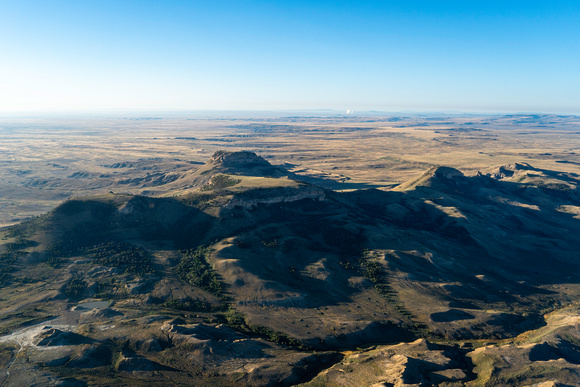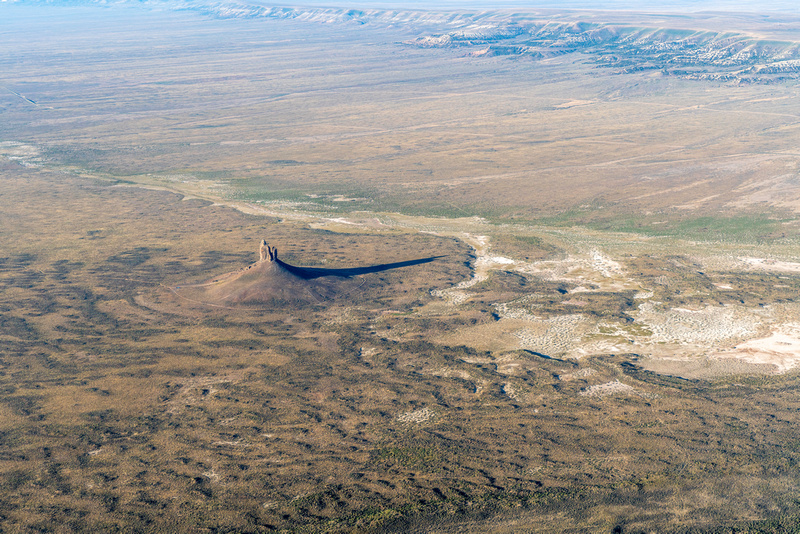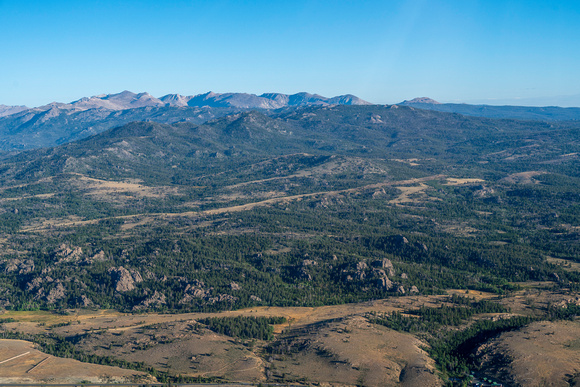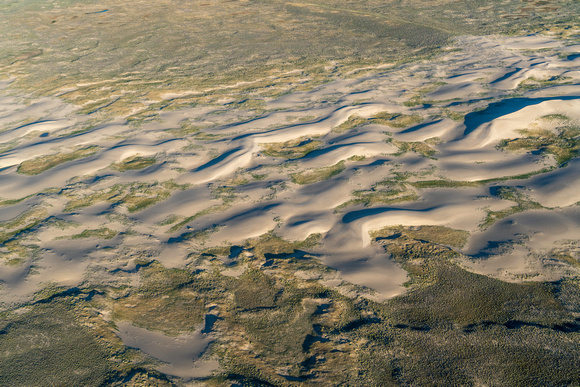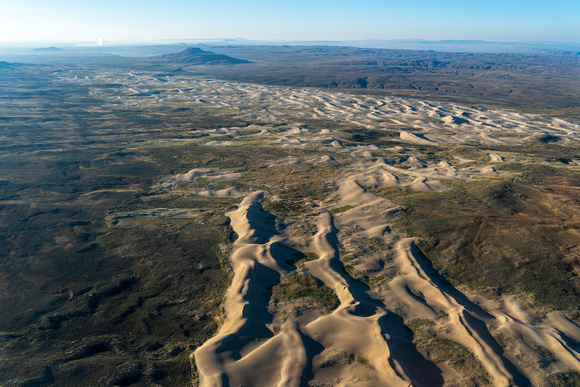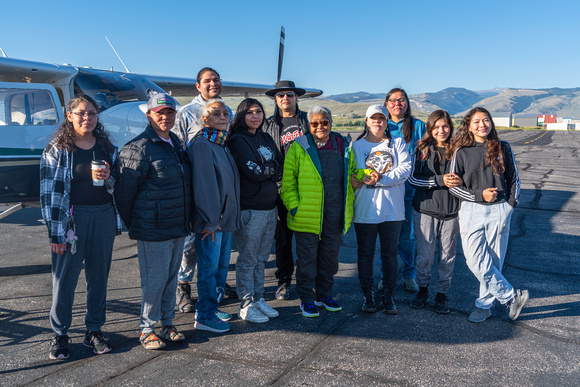BREAKING: task force recommendations shape newly released Rock Springs plan
August 22, 2024 – Today, the Bureau of Land Management released its proposed Rock Springs Resource Management Plan, outlining management direction for almost 3.6 million acres of public lands in southwest Wyoming. The proposed plan clearly reflects and incorporates feedback from tens of thousands of public comments and input from local stakeholders, including the task force Gov. Mark Gordon convened in late 2023.
The Wyoming Outdoor Council and Wyoming Wilderness Association both served on the governor’s task force alongside representatives with interests in oil and gas, grazing, energy production, motorized recreation, sportsmen groups, and trona industry. The task force also included elected officials from communities in Sweetwater County as well as the Speaker of the House and President of the Senate for the Wyoming Legislature. This group developed more than 100 consensus-based recommendations, supported by all stakeholders, to improve the plan and delivered these recommendations to the BLM during the agency’s public comment period.
The BLM took the task force’s consensus-based comments seriously. The proposed Rock Springs Resource Management Plan reflects task force recommendations including maintaining access for the local trona mining industry, retaining the OHV play area in parts of the Killpecker Sand Dunes, and protecting the unique natural and cultural values of Boar’s Tusk.
In response to the plan’s release, WOC and WWA issued the following statements:
“We’re pleased to see the BLM incorporated public feedback and input from Gov. Gordon’s task force into a plan that serves local communities, iconic landscapes, and wildlife,” said Alec Underwood, program director for the Wyoming Outdoor Council. “Among other important agreements, the task force reached consensus on the need to protect gold-standard habitat and other significant natural values in the Big Sandy Foothills and Northern Red Desert, such as Boar’s Tusk. It’s encouraging to see the BLM’s responsiveness, as well as the agency’s efforts to build on the task force’s strong foundation where agreement wasn’t reached, as they did for the Big Sandy Foothills. While the plan could be improved — protections for the iconic big game migration corridors in the region, for example, fall short of the mark — we appreciate that the agency worked diligently to ensure that updated management direction will conserve some of our country’s best remaining wildlife habitat, while also maintaining all of the unique recreational opportunities found within the field office.”
“It is a testament to the dedication of all who love and care for the lands within the Rock Springs Field Office that the proposed plan includes some robust, durable, and reasonable conservation measures for the Northern Red Desert and Big Sandy Foothills. We applaud the BLM for making the hard decisions necessary to ensure these wild and working landscapes continue to thrive for future generations to use and enjoy,” said Lauren Marsh, BLM program manager for Wyoming Wilderness Association. “We are, however, disappointed that some key provisions in the draft RMP were not carried forward in the proposed plan, namely recognizing Lands with Wilderness Characteristics (LWCs) and important protections for the hoodoo-studded wildlands surrounding Adobe Town. Nevertheless, we appreciate the willingness of the BLM to take to heart the concerns of local Wyoming residents as expressed through public comment and recommendations from Governor Gordon’s task force. What you see reflected in the plan for the northern portion of the Field Office — and taskforce recommendations — is how much Wyomingites value wildlife and the wildlands that support them, even under the demands of a largely extraction-based economy.”
The issuance of the Proposed Resource Management Plan and Final Environmental Impact Statement initiates a 30-day public protest period and 60-day governor’s consistency review. The agency will finalize the plan after resolving issues raised in these processes.
For more information, contact:
Carl Fisher, Executive Director, Wyoming Outdoor Council, (801) 910-7487,
carl@wyomingoutdoorcouncil.org
Lauren Marsh, BLM Program Manager, Wyoming Wilderness Association, (205) 807-4783, lauren@wildwyo.org
Max Owens, Communications Manager, Wyoming Outdoor Council, (307) 488-3451, max@wyomingoutdoorcouncil.org


